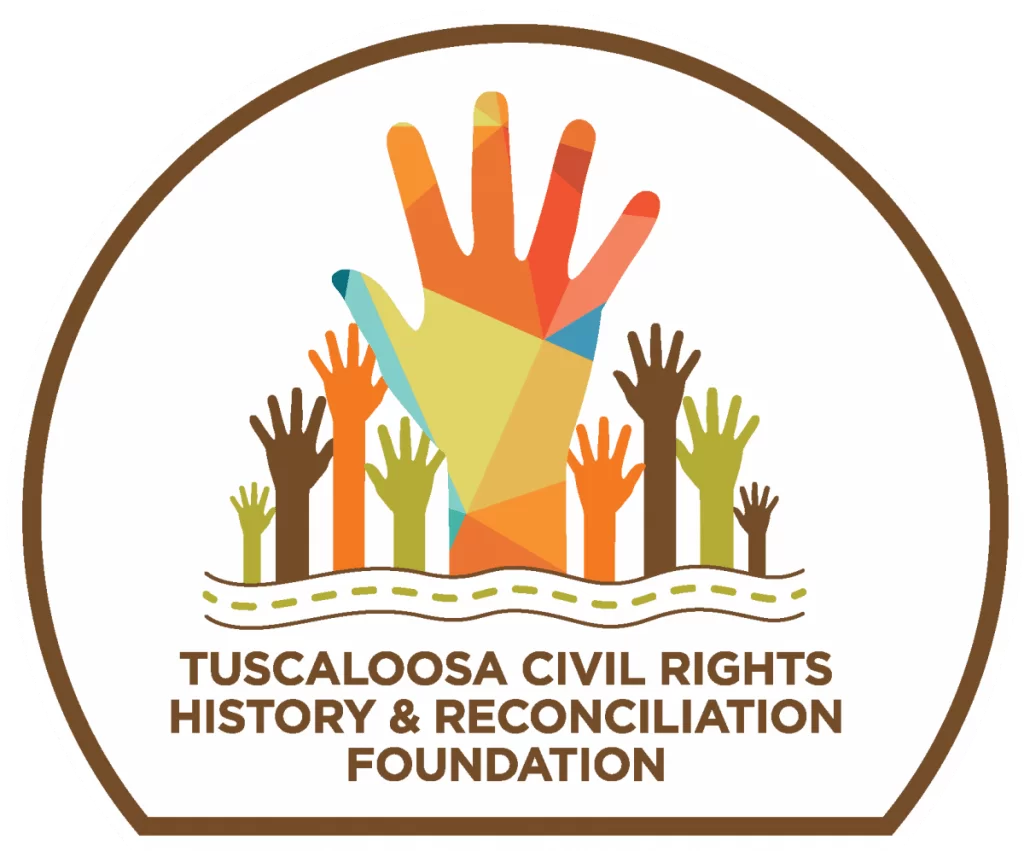Introduction: Tuscaloosa Civil Rights History Trail
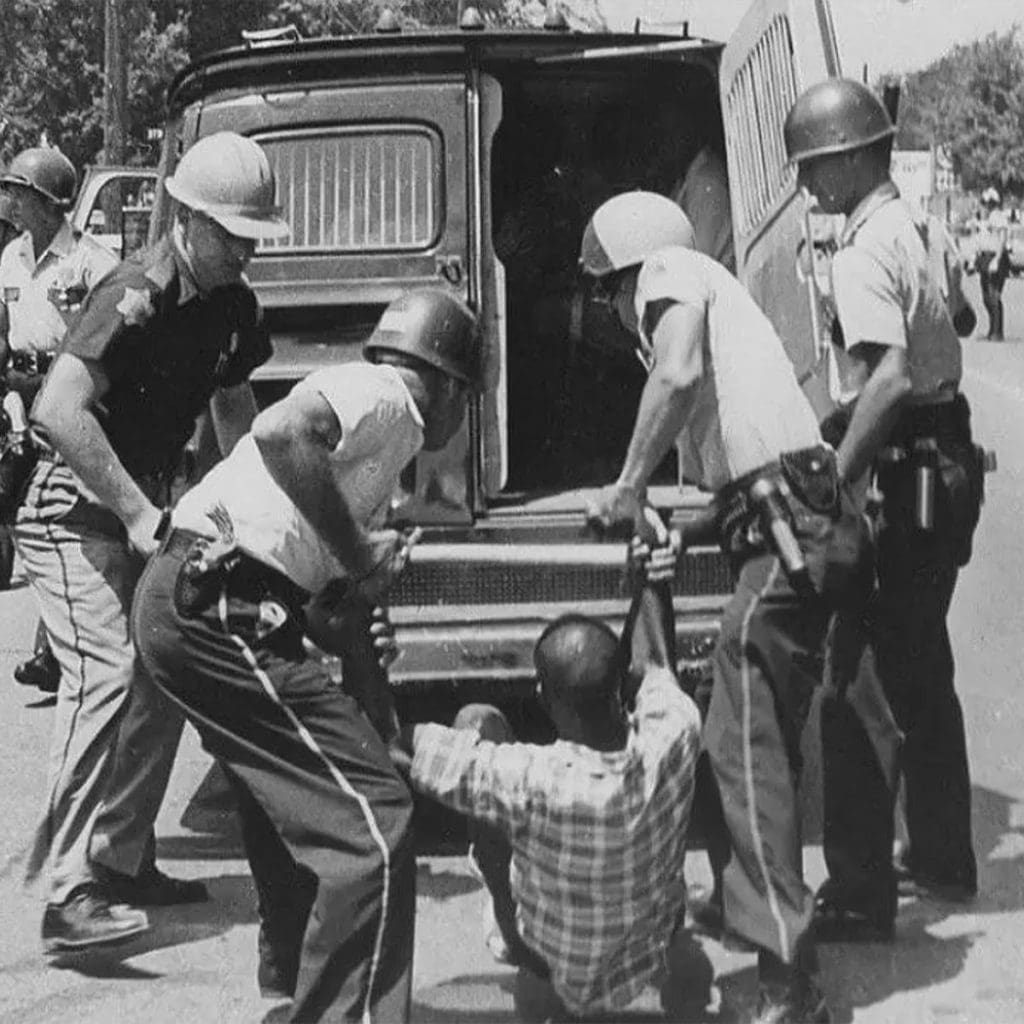
“If you cannot march, you can make sandwiches. If you cannot make sandwiches, you can drive your car. If you cannot drive, you can help with office work. Everybody can do something. WHAT WILL YOU DO TO HELP US WIN FREEDOM?” This is the story of ordinary citizens taking extraordinary action in Tuscaloosa, Alabama.* The […]
Stop 1: Capitol Park 2800 6th Street
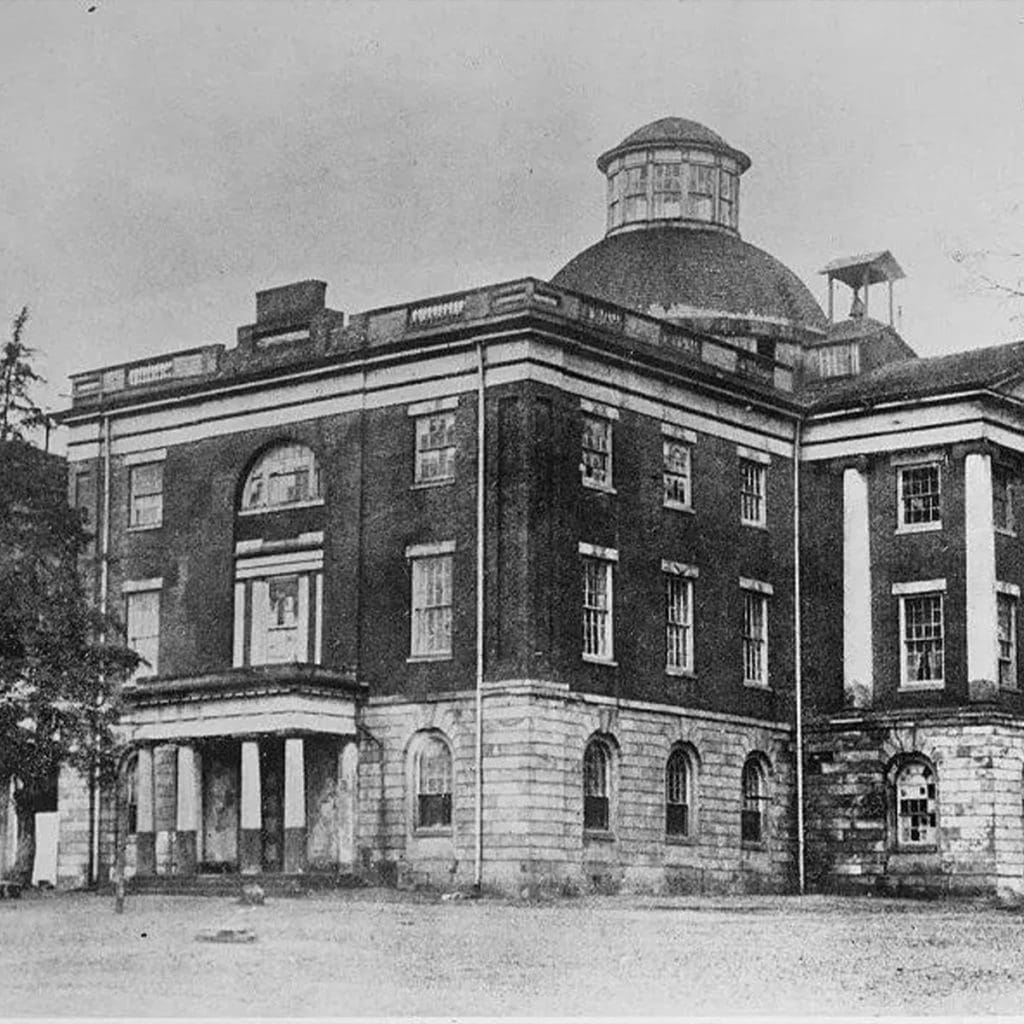
Tuscaloosa was the seat of Alabama State government from 1826 to 1846 when the state legislature met in a building here in Capitol Park. In 1833, the legislature enacted slave codes to regulate the lives of enslaved people as well as free per sons of color. These codes, like those used widely in other southern […]
Stop 2: Lynching and Old Jail 2803 6th Street
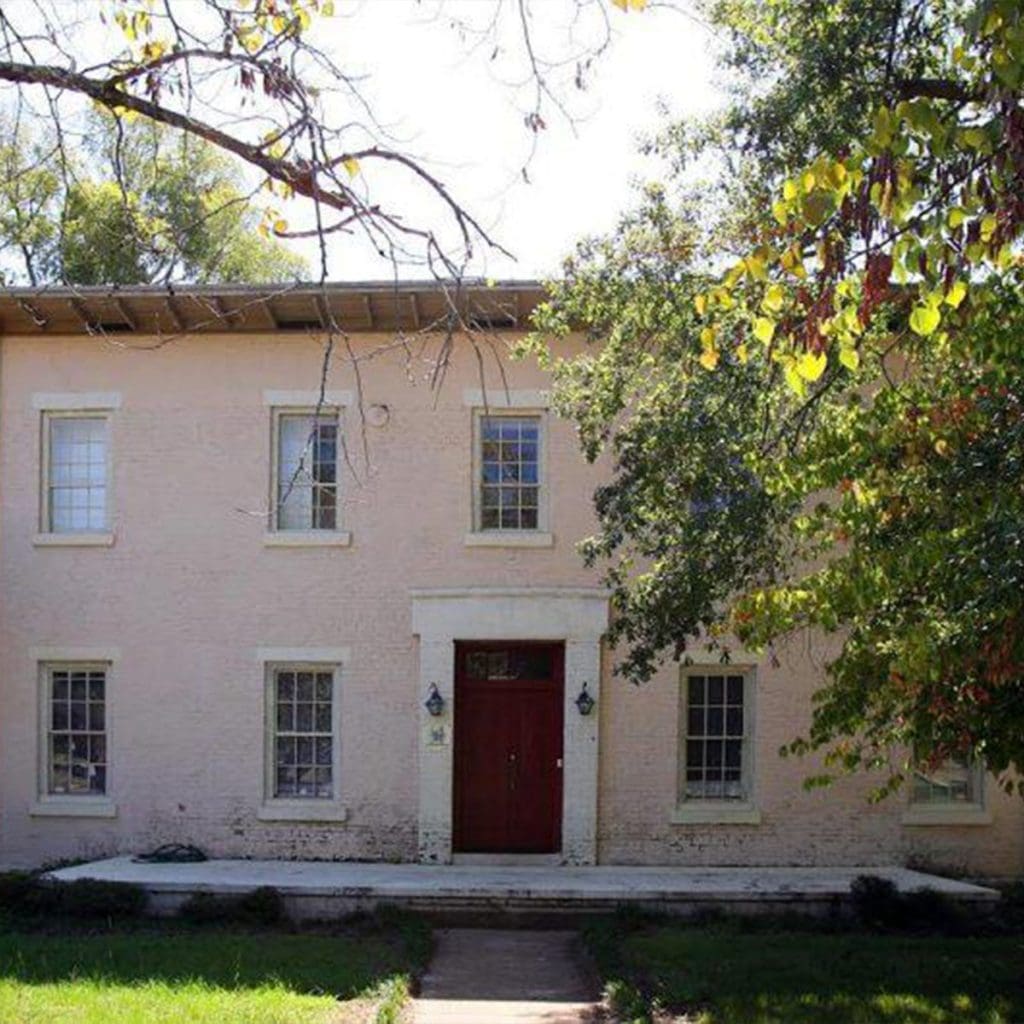
Designed and built in the late antebellum era by William B. Robertson and featuring Georgian, Federal, Greek Revival, and Italianate flourishes, the Old Tuscaloosa City Jail boasts 28-inch-thick walls and heavy floors hewed from local timber. From 1856 to 1890 it served as the county jail and then as a boarding house and private residence. […]
Stop 3: Druid Theatre & Hollywood 2400 Block of University Blvd.
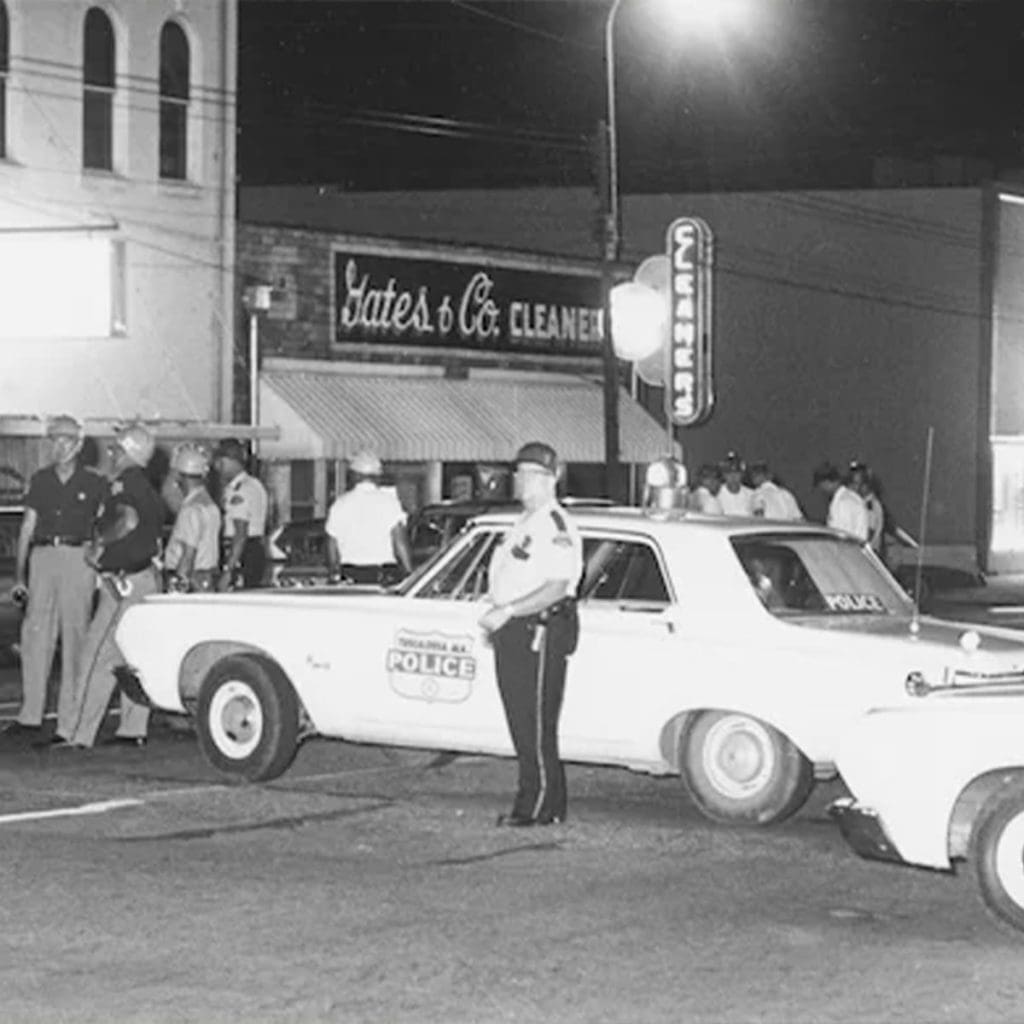
The Civil Rights Act of 1964 ended legal segregation in all public places, including movie theaters. Previously blacks were barred from entering theaters or forced to use separate entrances and sit in the balcony. The other option was to attend all-black theaters. Tuscaloosa was no exception. The Druid Theater and the Bama Theatre served white […]
Stop 4: The Mob at the Flagpole 2420 University Blvd.
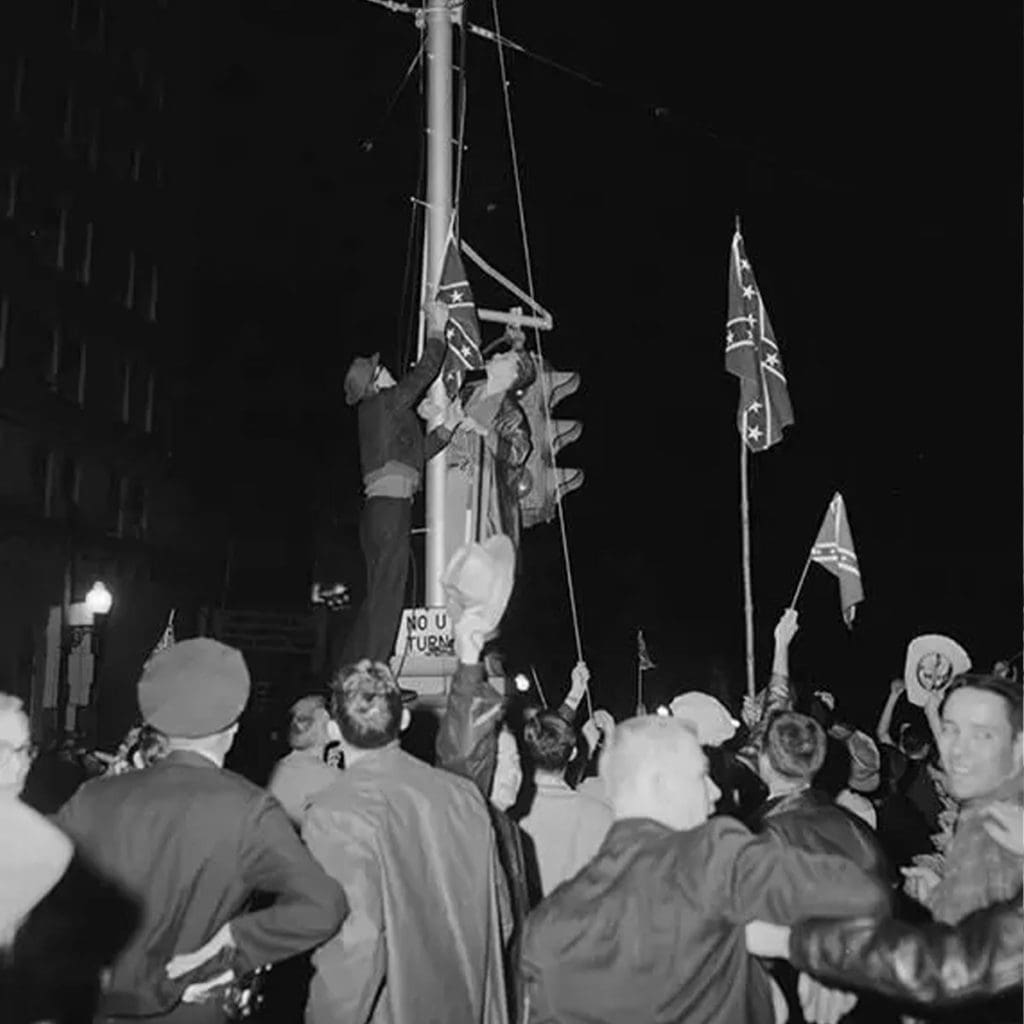
The flagpole, erected by the city to honor its war dead, was the site of protest during the civil rights movement. It anchors the commercial corner of the city, at Greensboro Avenue and University Blvd. (formerly Broad Street), and has long been a meeting place for citizens. During the attempt by Autherine Lucy to be […]
Stop 5: Woolworth and Sit-Ins 2319 University Boulevard
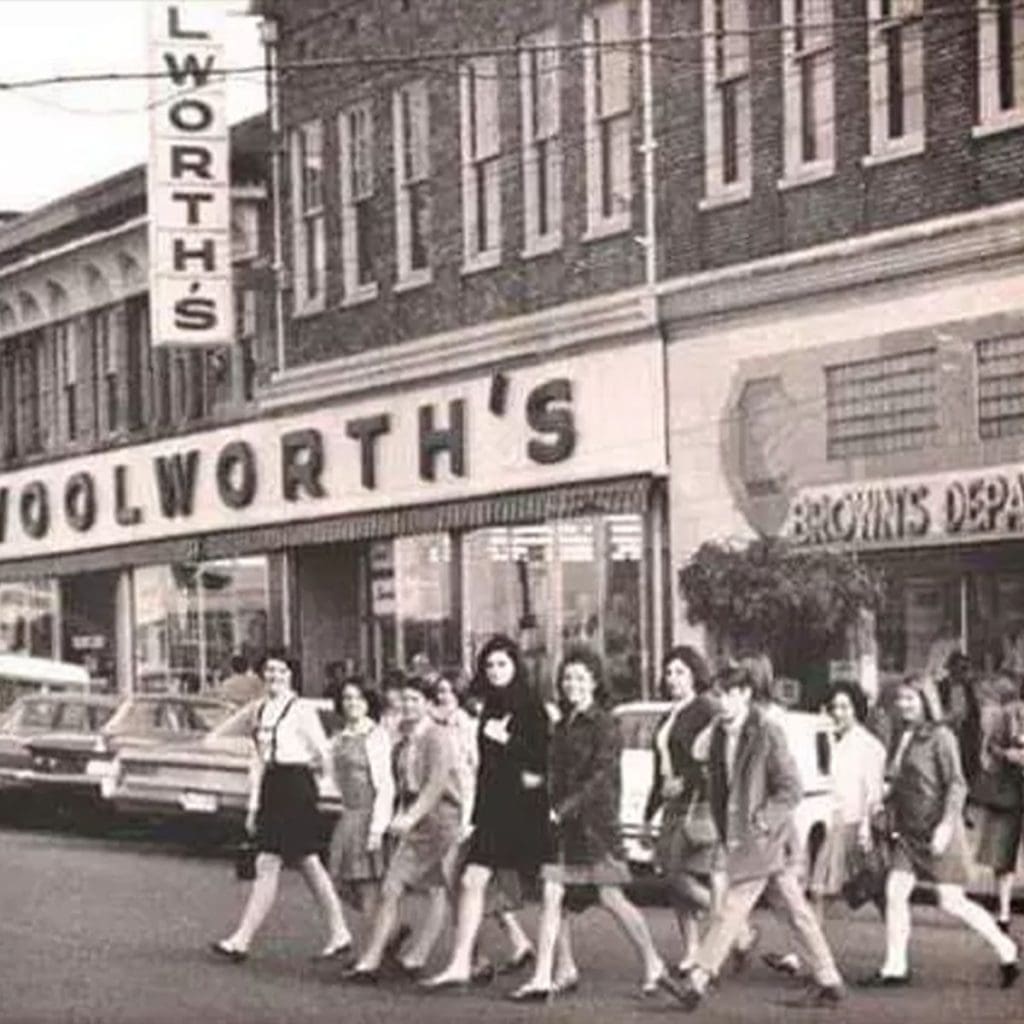
Blacks seeking to protest segregation often turned to sit-ins. Popularized in North Carolina in 1960 as a nonviolent way to call attention to the righteousness of their cause, protesters would ask to be served at all-white lunch counters. If refused, the protesters would simply sit quietly and wait. Violence often came next, as angry whites […]
Stop 6: First Black Legislator – Shandy Jones 2328 6th Street
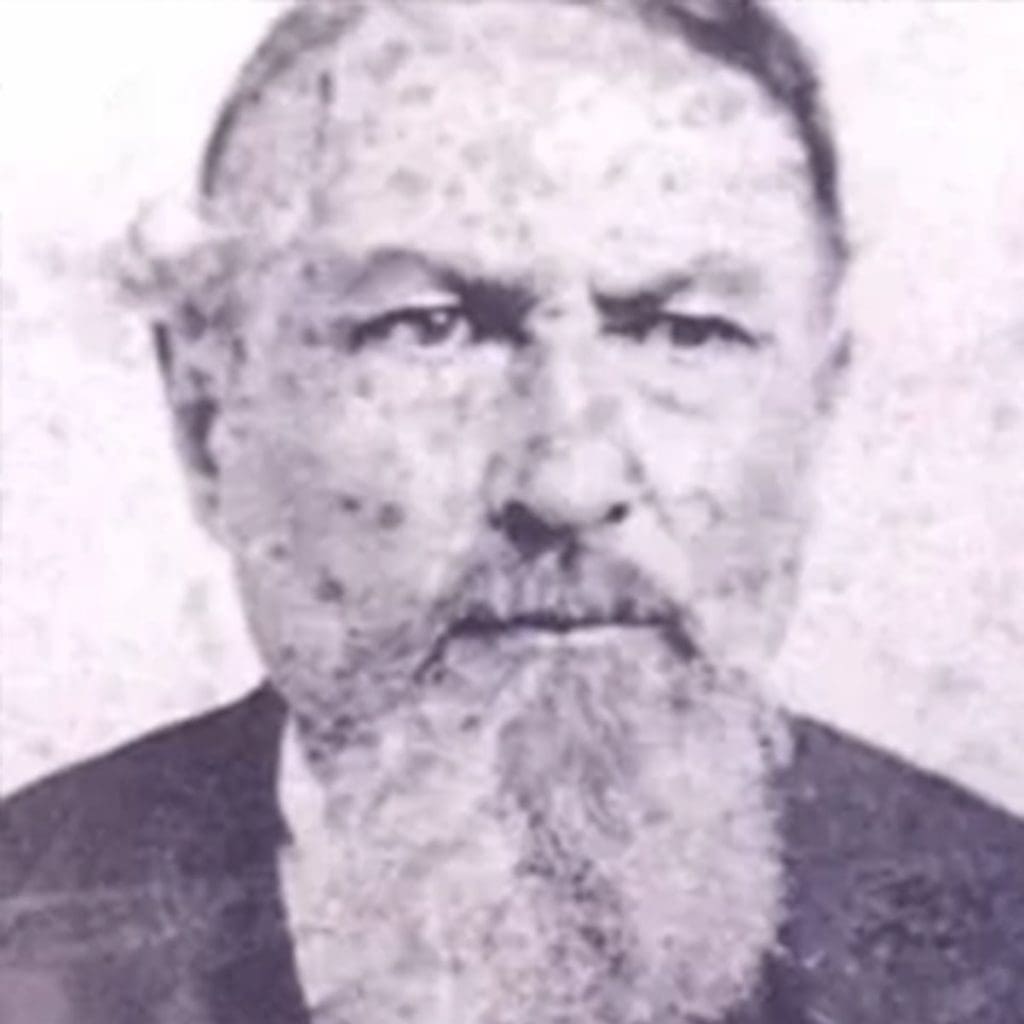
Born a slave in 1816 and emancipated as a young child, Shandy Wesley Jones was a successful barber who bought land with his savings. He pushed for blacks to move to Liberia in the antebellum period but emerged later as a leader of the local black community and started Tuscaloosa’s first black Methodist church (now […]
Stop 7: Kress Building and Bus Boycott 2223 University Boulevard

In front of the Kress store the Druid City Transit Company maintained a popular bus stop. On May 5, 1962, six years after the federal courts had ruled segregation on public transportation to be unconstitutional, a white Druid Transit Company bus driver ordered three black Stillman students and a high school student to give their […]
Stop 8: Paul R. Jones Museum 2308 6th Street
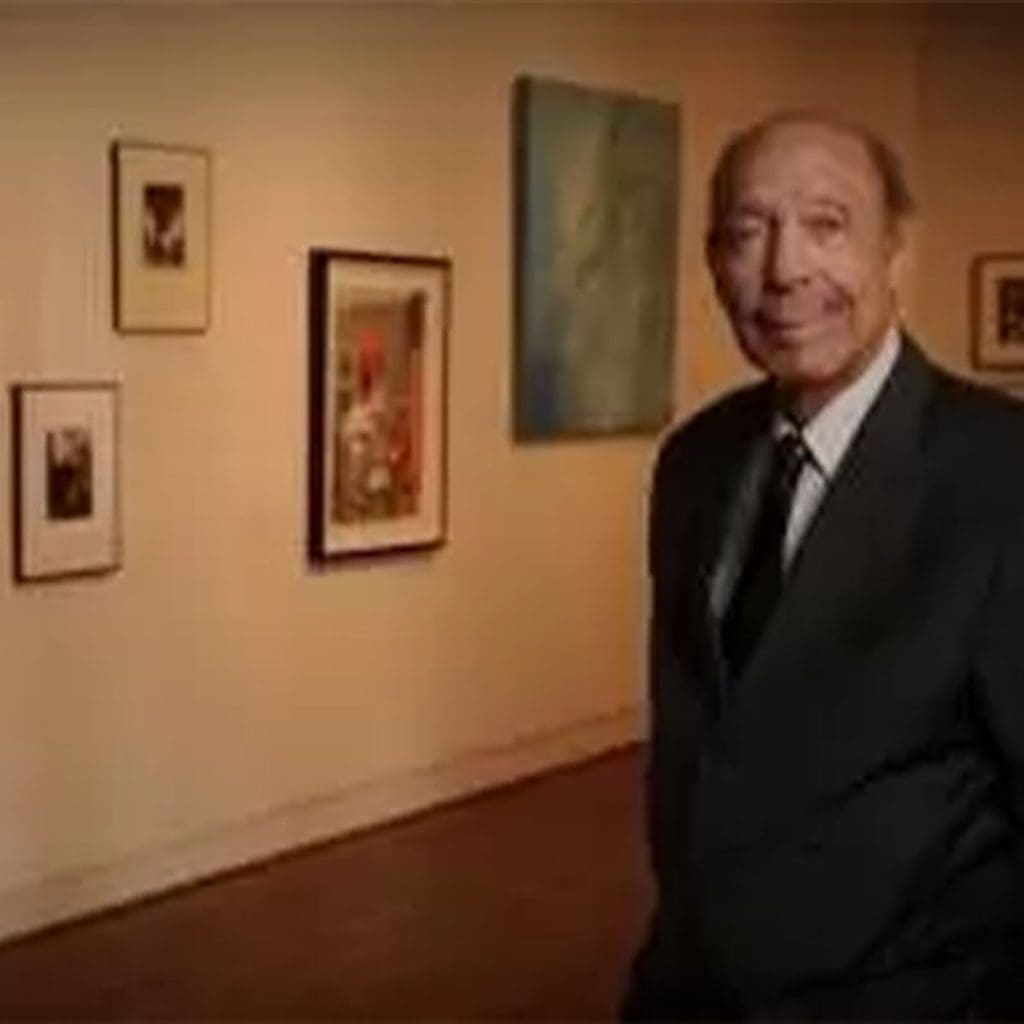
Paul R. Jones’s life was testament to his pursuit of justice in an exclusionary society. He graduated from Howard University in Washington, DC, in 1949. Jones applied and was accepted to the University of Alabama Law School-only to be rejected in February 1949 once Jones· identity as an African-American became known. A letter from William […]
Stop 9: Alston Building & the KKK 2400 6th Street
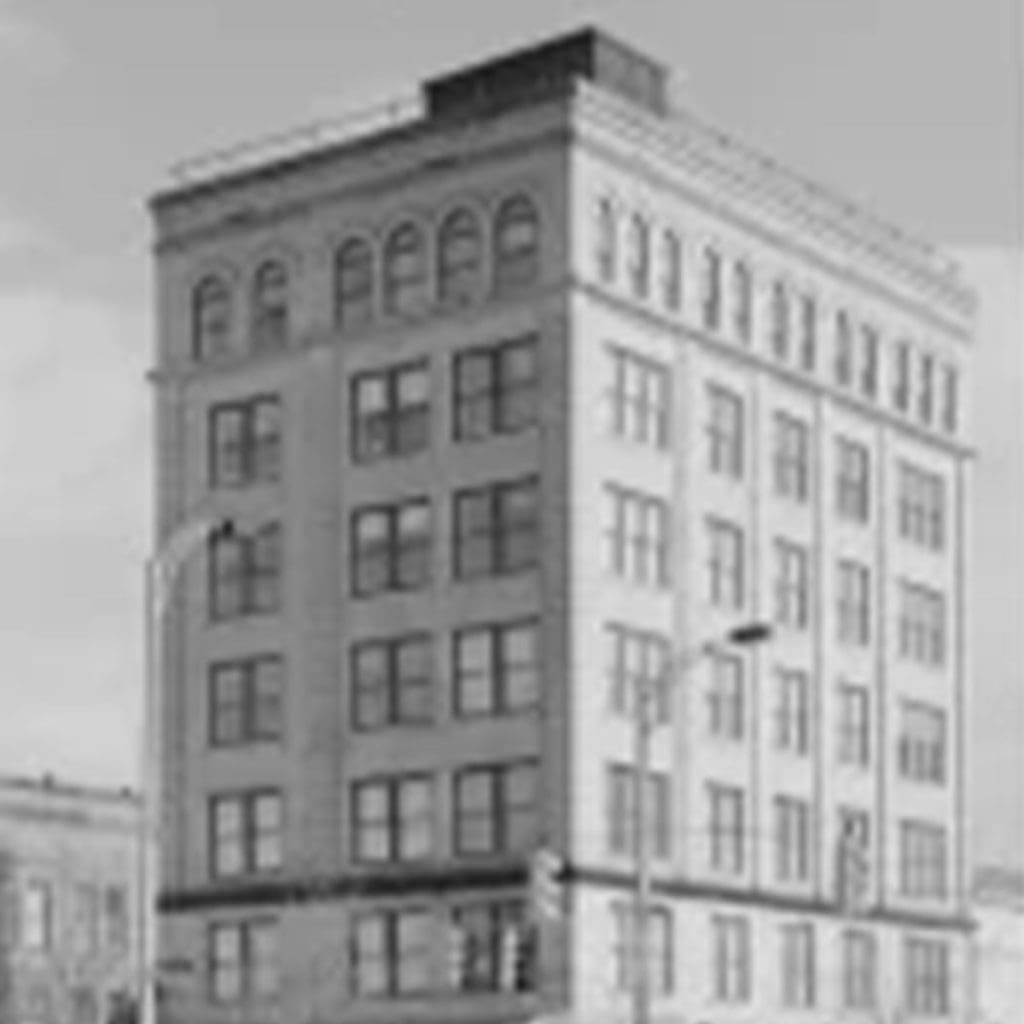
The Alston Building (also known as the Alston Place Building) is a seven-story office building located on the corner of Greensboro Avenue (originally called Market Street) and 6th Street in downtown Tuscaloosa. Built in 1909 on the site of the former Tuscaloosa County Courthouse, it was praised as Tuscaloosa’s first “skyscraper” and locals bragged that […]
